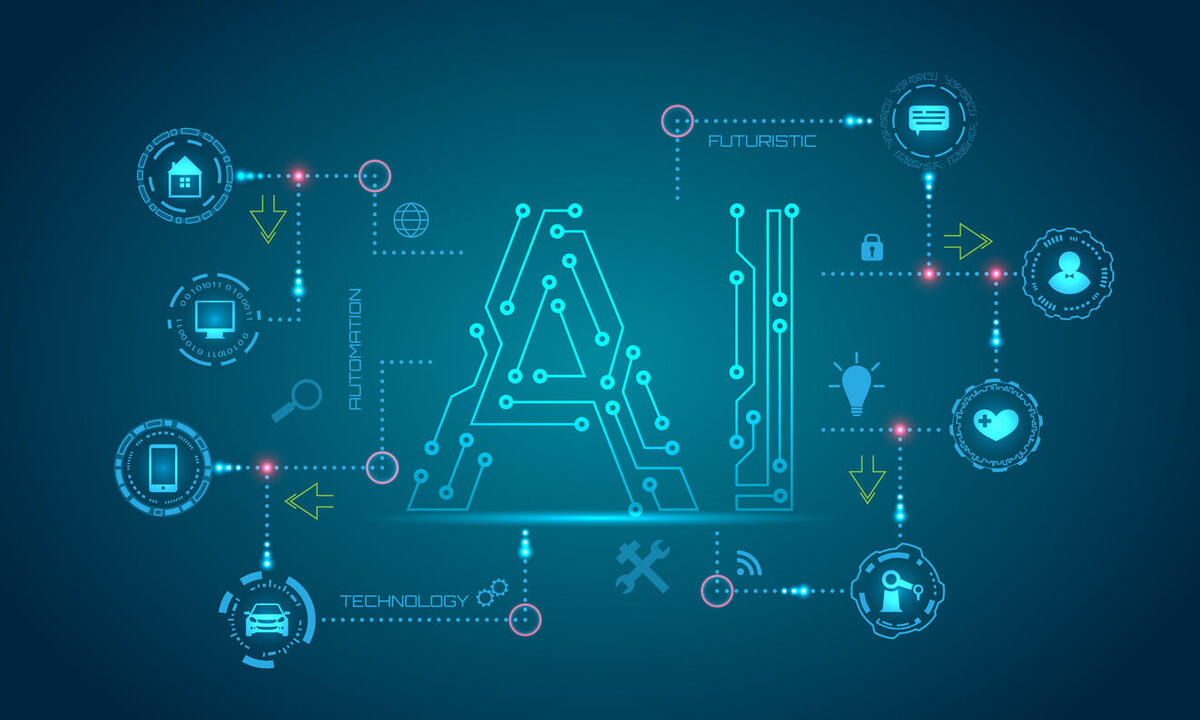Artificial intelligence and machine learning are known hot topics in any industry. However, the development and usage of such techniques seem successful for a happy few mostly very large companies. Mckinsey research from 2020 has shown that ai adoption is not increasing while firms that apply ai gain performance boosts with the last year seeing a significant increase in revenue based on ai. An average increase of 5% revenue was found in firms applying ai for revenue generation or cost-reduction. However, McKinsey’s research also showed that average firms gain relatively little from ai while a few superstars gain much more.
So how can you, as a smaller firm, be one of the Superstars? Luckily, there are a couple of best practices to follow and become of the stars of Ai usage. Firstly, you need to have a dedicated AI champion at the lower level of management. Firms with such an AI champion are 2.3 times more likely to experience significant AI performance boosts. Secondly, Resource commitment for three years or more allows your champion to develop in-house AI solutions leading to a significant performance boost over outsourced AI solutions. Thirdly, firms with a higher AI performance increase use several practices for development. These are; having a road map linked to AI initiatives linked to business value, top management fully committed and aligned with AI strategy, acceptance towards risk-taking in ai implementation, and having a standard framework for Ai implementation with an understanding of the frequency of updates on ai models. Finally, as an employer or a top manager, you need to have trust your employees to develop and know where to apply the AI to create value for your firm.
Of course, the development and implementation of AI are not without risks and research from 2019 shows that the majority of firms has no active plans on how to deal with the most common risks associated with AI. As well as a majority of firms does not even recognise most of the common risks as risks. A framework to best assess the risks for your firm is the following. First, create clarity by using a structured approach to specify the critical risks by creating a cross-functional team that tiers and points out risks. Secondly, create Breadth company-wide controls for AI usage by training staff across functions to create a wide knowledge base on risk prevention. Thirdly, nuance for specific critical risks as some risks are so important they need their own controls apart from the company-wide controls. For example, if the usage of AI can be reversed at any time without any fall out then a broad approach is sufficient. However, if the usage of AI will fundamentally change the business process a more nuanced control is necessary.
References:
- Cheatlam, B., Javanmardian, K. & Samandari, H. (2019). Confronting the risks of artifical intelligence. Mckinsey Quarterly. https://www.mckinsey.com/business-functions/mckinsey-analytics/our-insights/confronting-the-risks-of-artificial-intelligence
- Balakrishnan, T., Chui, M. & Henke, N, (2020). The state of AI in 2020. Mckinsey analytics. https://www.mckinsey.com/business-functions/mckinsey-analytics/our-insights/global-survey-the-state-of-ai-in-2020

